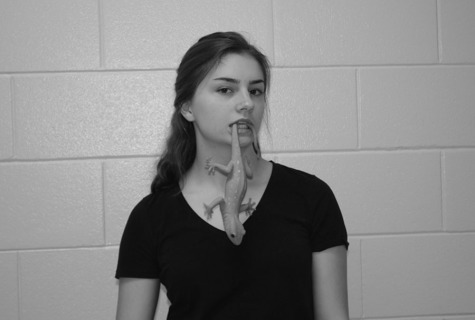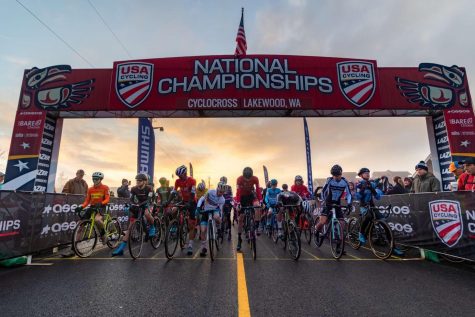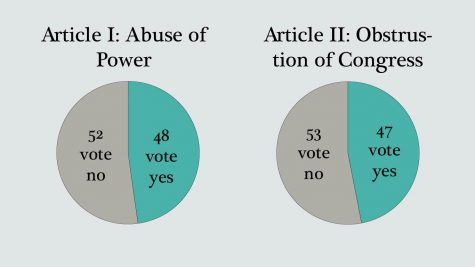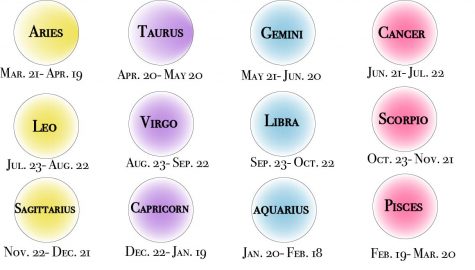Circus students balance art and athletics
February 5, 2014
When most students list their extra curricular activities they include things like soccer, theater, and part time jobs. Several South students will list something slightly less conventional: youth circus. Youth circus is something most of their peers are not familiar with; they don’t know what kind of skills are performed, the strength it requires and the type of artistic interpretation it entails.
Most students start youth circus when they are very young and stick with it for many years. One of the biggest inspirations to get involved has been attending professional circus performances at a young age. Junior Iain Knopp-Shwyn has been participating in programs at Circus Juventas for ten years. He joined after viewing a professional show. “I saw a show with some friends in 2004 when I was eight… and I thought it was the most amazing thing I’d ever seen.”
Minneapolis offers two main youth circus programs. Xelias Aerial Arts studio, which focuses mainly on aerial arts skills with less of a performance factor, and Circus Juventas which has a larger range of specialities and puts on bigger productions.
Unlike what a majority of people might picture when thinking of a traditional circus with lions and people riding around on elephants, youth circuses include many different skills such as aerial techniques, clowning, puppetry, juggling and contortion. “We’re not the old American circus where you have three rings and animals and clowns in silly face paint. Both Xelias and Juventas are more new age circuses, its a lot different than the old American circuses of the 1940s and 50s.” Knopp-Shwyn stated.
Circus has many benefits ranging from fitness to character building. Freshman Maedya Kojis noted “It keeps me active and in shape, its really fun and a good way to express myself.” Knopp-Shwyn echoed some of the same ideas, “I’ve been in the circus almost as long now as I’ve been in school so its helped shape me more than I think I can say. Its part of who I am. I think its helped me develop as a person almost as much as school has.” Xelias Aerial Arts studio Director Meg Elias-Emery added “I think performing arts helps people be well rounded and it’s a nice way to express themselves artistically.”
Not only is circus an interpretive art, but as a highly physical activity it can put a lot of stress on the body. There are safety precautions to protect students while performing riskier skills, but the grueling schedule can cause overuse injuries. Kojis, who has been involved with Xelias for 8 years suffered a stress fracture on her upper tibia from training too much.
She elaborated that there is little risk you will get hurt while performing. “Obviously it’s dangerous because you’re up in the air doing tricks, but if you go to a good training space and have a good teacher you’ll know what you’re going to do before you go up in the air so you most likely won’t injure yourself.” Elias-Emery commented that in order to perform safely “It requires total focus and strength.”
As a result of all this hard work and dedication both programs perform twice a year. Juventas being more performance oriented has one show sequence that is a larger production running around 30 shows. There are also opportunities for students to audition to go on tour with other programs. Kojis tours in the summer with a highly competitive program called Circus Smirkus.
Performance can be a lot of fun and provides an adrenaline rush. “Performing is quite thrilling. I think it’s amazing to be able to connect with up to 900 people sitting in an audience on either side of you and to try to create a relationship with them while also doing things that they might or might not have ever seen before and hopefully influence some of them like I’ve been influenced.” Knopp Shwyn commented.
Commitment to programs varies, some students attend classes daily, while others may only go a few days a week. Most students who attend often, hope to make something of their dedication. Sophomore Kate Bieger, who has attended classes at Xelias on and off since she was in sixth grade said, “if you want to be serious about it you have to start really young.”
For potential college prospects, long term commitment to circus can be listed on applications as a unique extra curricular. Kate Van Pernis in the College and Career Center elaborated, “A lot of times those kind of unique things, as long as theres proof of student passion for it, can catch colleges’ eyes.”
Some South students even hope to pursue further involvement with circus in different ways. Kojis hopes to go to a circus college in Montreal and go on tour with Ringling or Cirque du Soleil. Knopp-Shwyn hopes to go on a similar path, but added “I might like to start my own circus company.” Junior Audrey Goodnight, who has been attending Xelias for several years, is considering going into physical therapy, “it would be cool to continue working with circus people… and helping them stay fit for circus.”
For many students it’s become a major part of their lives, and not something they would like to leave behind. As most students leave home, they too leave behind many of the hobbies of their childhood. With a community of support and opportunity Circus can continue to be apart of some students lives indefinitely, even if just as an adult hobby. Kojis commented “I’ve related to everyone I’ve ever done circus with because you’re united over your common love of something.”












